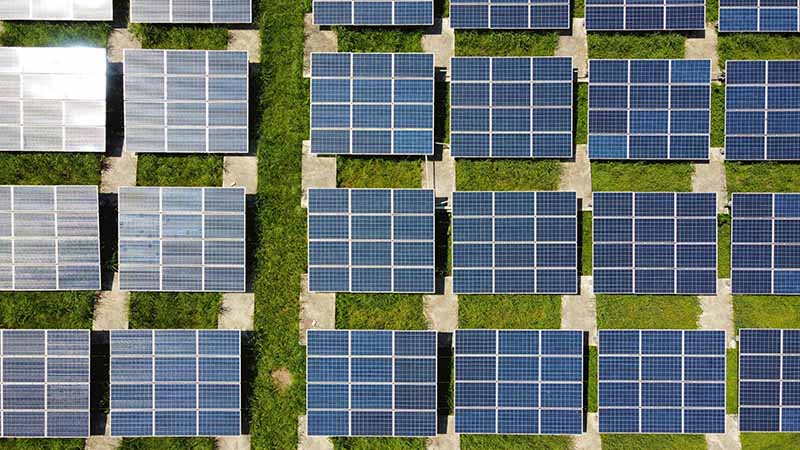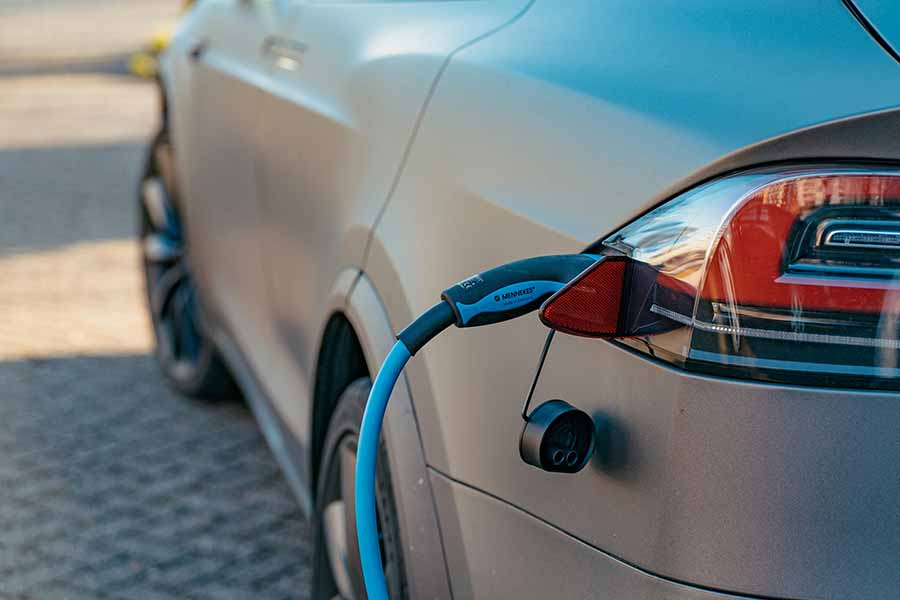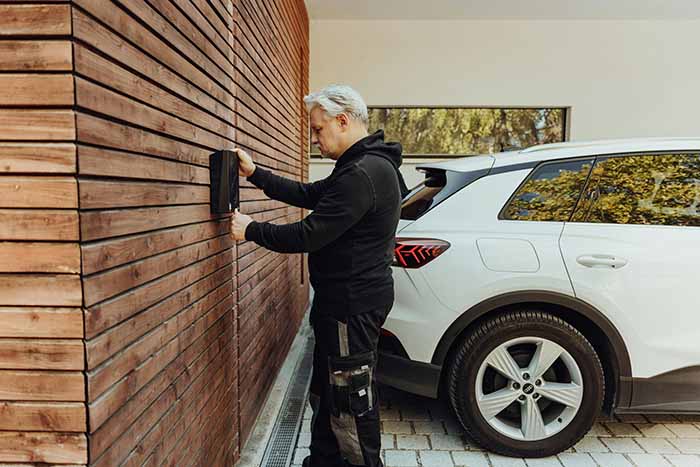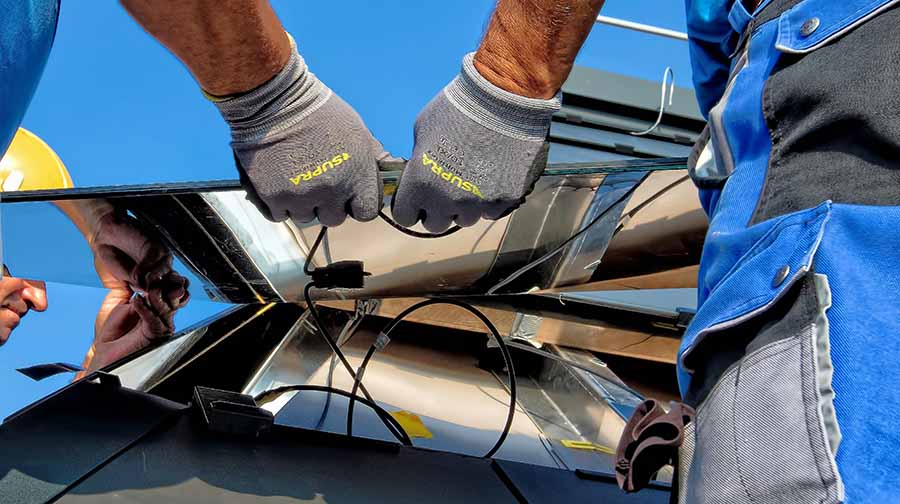In our modern-day world, we use a variety of technology, appliances, machines, etc that require a great deal of energy or power to function. Unfortunately, fossil fuels are not enough to fulfill this high energy demand that increases every year. Additionally, using petroleum products is very harmful to the environment which people are more conscious of. Due to these issues, solar energy has become increasingly popular. It is a renewable form of energy that is clean and doesn’t hurt the environment. We will now look at the top 10 uses of solar energy.
1. Using Solar Energy To Cook
It is now possible to cook using solar energy. All you’ll need is a solar oven or solar box to get started. When you use these solar appliances to cook, your electricity or gas bill will drastically reduce.
2. Solar Water Heater
Solar water heaters work by using the sun’s energy to heat water. This water can be used in your home, in swimming pools, etc.
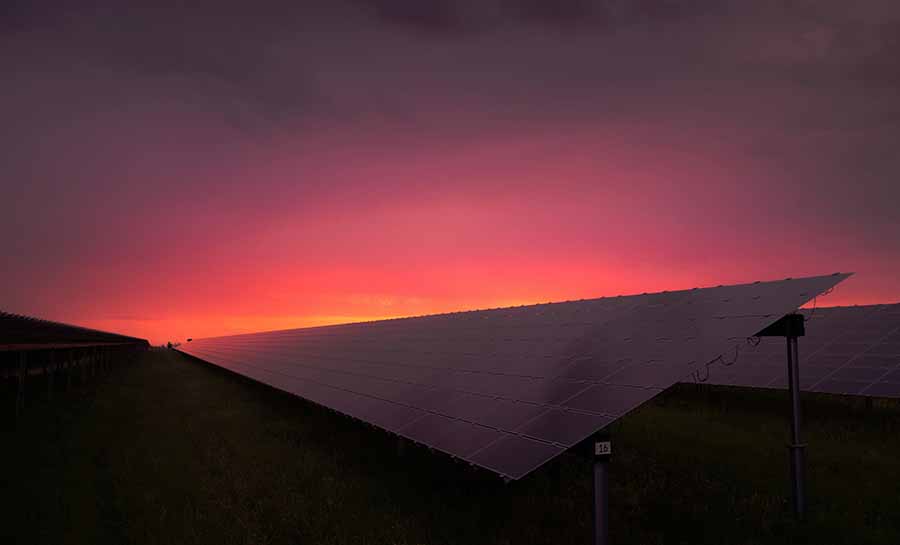
These types of water heaters can easily replace traditional water heaters and you can purchase either a passive hot water system or an active solar hot water system.
3. Using Solar Energy To Power Batteries
Any appliance or device that requires batteries to work, can be charged using solar energy. Of course, to charge the batteries, you’ll need to have a photoelectric panel system in order to convert solar energy into DC. You can easily buy these kits where they provide connections so you can plug in your smartphone, laptop, etc so that it can get charged. It is even possible to have this on a bigger scale where your solar panel system provides power for your entire house!
4. Power Your Outdoor Lights
You can easily use solar energy for the outdoor lighting around your home. This includes landscape lighting, spotlights, etc. The solar panels get charged by sunlight during the day so that they can power your outdoor lighting at night.
5. Heating Or Cooling
Due to solar technology, you can either heat or cool homes or buildings.
This is a great alternative to electricity since most people run their heating or cooling systems for most of the day and night. By using solar heating or cooling in your home, you will drastically reduce your electric bills.
6. Transport
Many solar-powered forms of transport are currently in development. This includes solar-powered cars, boats, and even planes.
7. Emergency Power
Unfortunately, the world can be unpredictable and power outages can occur at any time. However, with solar energy powered backups, this would allow you to access emergency power as needed. This is particularly useful during a natural disaster.
8. Farming
Many farms in remote areas don’t have access to electricity. In these cases, solar power can be used to provide the necessary power.
9. Solar-Powered Drones
Drones are being used in many sectors such as wildlife monitoring, environmental monitoring, during disasters to determine losses, etc. In these situations, access to power is typically limited. However, solar-powered drones make it much easier to use this technology.
10. Desalination
Desalination plants are necessary to convert seawater into fresh water that is suitable for human consumption. Solar energy can be used to power these plants.

